Các danh mục hàng đầu

Bơm & Phụ tùng

Vật đựng dụng cụ

Chốt

Hàn & Vật tư để hàn

Dụng cụ khí nén

Phần cứng

Van

Vật liệu mài

Dụng cụ làm vườn
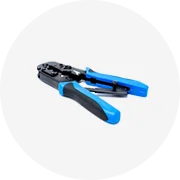
Dụng cụ thủy lực

Gia công

Các bộ phận công cụ

Dụng cụ điện

Phụ kiện dụng cụ điện

Mũi khoan

Dụng cụ cầm tay
About products and suppliers
Để thực hiện đúng công việc hàn, người dùng cần có quyền. điện cực hàn e7018 1. Trên Alibaba.com, người mua hàng có thể tìm thấy nhiều lựa chọn cho bất kỳ công việc hàn nào. Có các lựa chọn cho việc sửa chữa đơn giản hoặc nhu cầu hàn cơ bản. Người mua hàng cũng có thể tìm thấy những sản phẩm chuyên biệt. điện cực hàn e7018 1 cho các ứng dụng cụ thể. Có các tùy chọn ở dạng vật liệu khác nhau như cacbua vonfram, hợp kim nhôm và thép cacbon. Người tiêu dùng cũng có thể chọn đặt hàng với số lượng tối thiểu hoặc mua với số lượng lớn để đáp ứng nhu cầu lớn hơn.
Khi nói đến xây dựng và sản xuất, hàn luôn là thành phần quan trọng. Mỗi dự án yêu cầu đúng loại. điện cực hàn e7018 1. Nếu sử dụng sai vật liệu, kết quả thảm khốc có thể xảy ra. Ví dụ, các loại được làm từ cacbua vonfram rất thích hợp cho dầu mỏ và khai thác mỏ. Độ cứng của chúng rất hữu ích cho máy khoan dầu, đường ống và các phụ kiện khác.
Người dùng đang tìm kiếm. điện cực hàn e7018 1 đối với hàn chính xác và công nghiệp nhẹ sẽ thấy rằng Alibaba.com có các tùy chọn để họ lựa chọn. Một số nhà sản xuất cung cấp vật liệu được thiết kế để hàn mỹ phẩm. Chúng rất lý tưởng để tạo ra các hạt đẹp. Một số ứng dụng bao gồm các ngành công nghiệp ô tô và kết cấu đo nhẹ. Một lần nữa, người dùng có thể chọn từ nhiều loại vật liệu khác nhau để hoàn thành dự án.
Người mua hàng nên chọn đúng. điện cực hàn e7018 1 cho từng dự án hàn và ngân sách của chúng. Mỗi ứng dụng có một yêu cầu cụ thể về sức mạnh, ngoại hình và khả năng chống chịu. Đó là lý do tại sao Alabiba.com là nơi để tìm kiếm những cái phù hợp với dự án trong tầm tay. Cho dù đó là một công trình xây dựng và khai thác lớn hay hàn chính xác, đều có sẵn các tùy chọn. Có nhiều lựa chọn vật liệu, nhà sản xuất khác nhau và thậm chí số lượng đặt hàng tối thiểu.
Khi nói đến xây dựng và sản xuất, hàn luôn là thành phần quan trọng. Mỗi dự án yêu cầu đúng loại. điện cực hàn e7018 1. Nếu sử dụng sai vật liệu, kết quả thảm khốc có thể xảy ra. Ví dụ, các loại được làm từ cacbua vonfram rất thích hợp cho dầu mỏ và khai thác mỏ. Độ cứng của chúng rất hữu ích cho máy khoan dầu, đường ống và các phụ kiện khác.
Người dùng đang tìm kiếm. điện cực hàn e7018 1 đối với hàn chính xác và công nghiệp nhẹ sẽ thấy rằng Alibaba.com có các tùy chọn để họ lựa chọn. Một số nhà sản xuất cung cấp vật liệu được thiết kế để hàn mỹ phẩm. Chúng rất lý tưởng để tạo ra các hạt đẹp. Một số ứng dụng bao gồm các ngành công nghiệp ô tô và kết cấu đo nhẹ. Một lần nữa, người dùng có thể chọn từ nhiều loại vật liệu khác nhau để hoàn thành dự án.
Người mua hàng nên chọn đúng. điện cực hàn e7018 1 cho từng dự án hàn và ngân sách của chúng. Mỗi ứng dụng có một yêu cầu cụ thể về sức mạnh, ngoại hình và khả năng chống chịu. Đó là lý do tại sao Alabiba.com là nơi để tìm kiếm những cái phù hợp với dự án trong tầm tay. Cho dù đó là một công trình xây dựng và khai thác lớn hay hàn chính xác, đều có sẵn các tùy chọn. Có nhiều lựa chọn vật liệu, nhà sản xuất khác nhau và thậm chí số lượng đặt hàng tối thiểu.


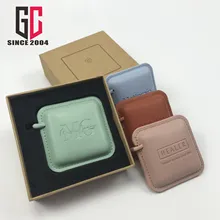

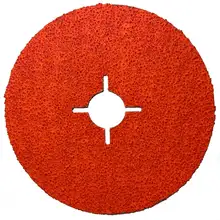





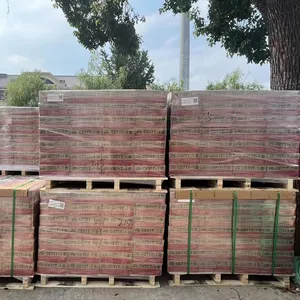


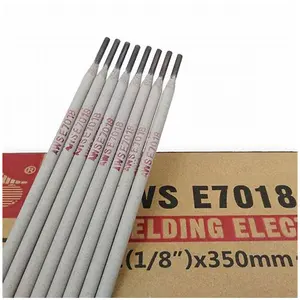

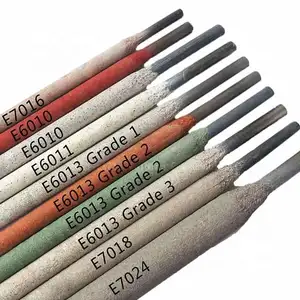








 浙公网安备 33010002000092号
浙公网安备 33010002000092号 浙B2-20120091-4
浙B2-20120091-4